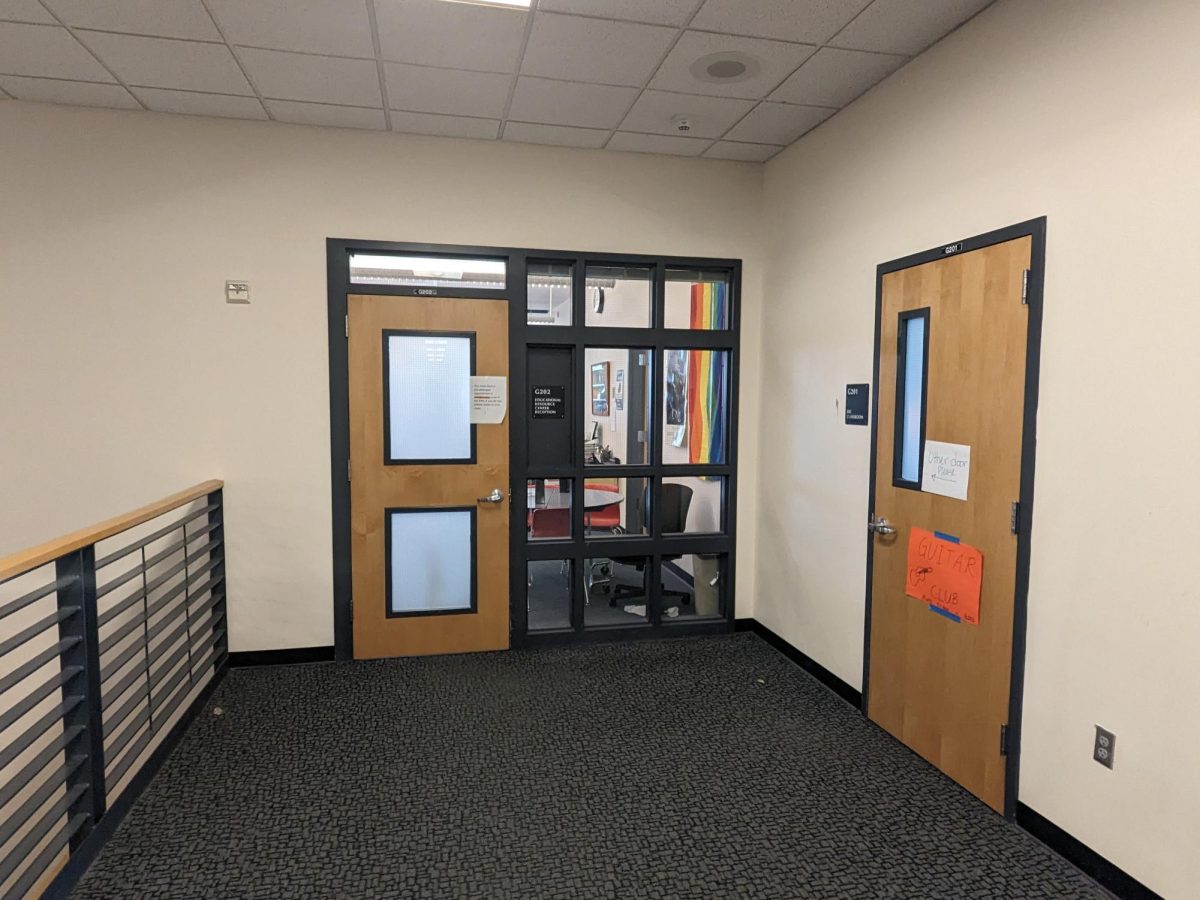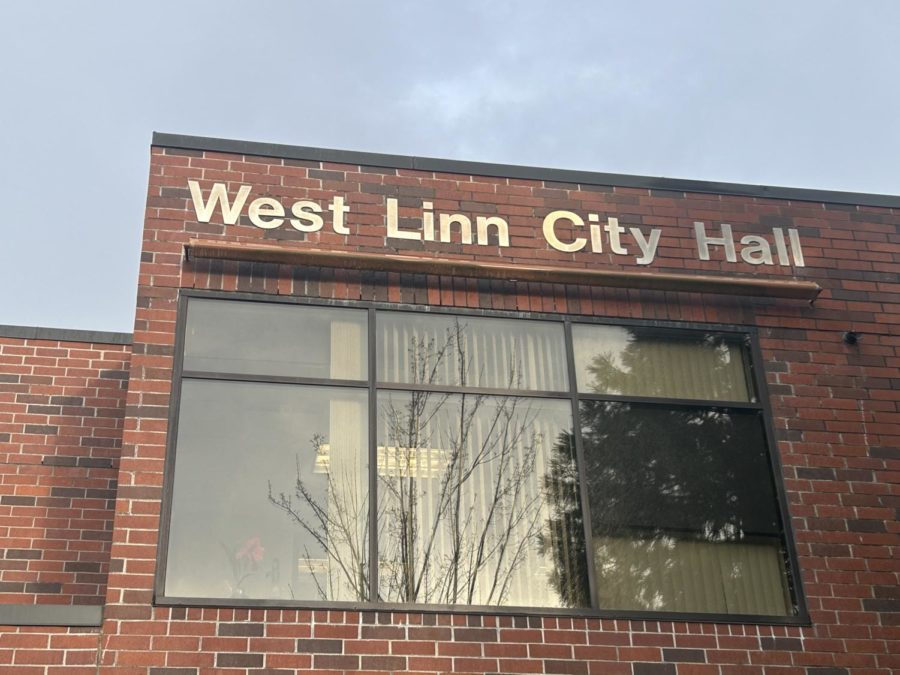The new Tilikum Crossing bridge launches its nightly LED light show
At precisely nine p.m. on the night of September 10, Portland’s newest bridge started its nightly light show. One hundred and seventy-eight LED lights spread out across forty bridge cables will illuminate the bridge with colored lights once an evening, every evening in perpetuity. The lights’ colors are based on the current state of the Willamette River: the base color is determined by the water temperature, the rate of the colors changing is based on the river’s speed, and the second color moving up and down is decided by the water level. The lights will display every single night, but on the tenth, every color was shown, regardless of the river’s status.
Tilikum Crossing is Portland’s first bridge over the Willamette River since 1973. It is more than seventeen hundred feet long, 180 feet tall, and about 75 feet wide, with over than three and a half miles of cables. It hosts the TriMet bus lines 9 and 17, as well as being critical to the new MAX Orange Line.
The Orange Line, open on Sep. 12, will have eighteen new light rail vehicles, with more legroom, calibrated air conditioning, improved boarding ramps for the disabled, durable and efficient LED interior lighting, and digital security cameras. TriMet Public Information Officer Roberta Altstadt plans on using the Orange Line on an almost-daily basis to get to work, turning a half-hour commute to a seven-minute one. “The bridge is also for pedestrians as well as buses and train,” Altstadt said. “It’s great to walk across, and it doesn’t feel like a long walk.” She also appreciates the bridge’s aesthetic value, saying that it’s already a part of “the fabric of the landscape of Portland.”
Dave Whipple, the Manager of Marketing and Rider Communications of TriMet, wasn’t directly involved in the planning or building of the bridge, but it was very much a feature of his work, as it plays such a key role in the route of the new Orange Line. “The bridge is improving mobility in a thriving city that’s quickly growing both in terms of population and jobs,” he said. “It’s also beautifully designed. People will see the bridge and think, ‘wow, that’s a really beautiful thing to have in our community.’” As an avid cyclist, he plans on using the bridge regularly.
The bridge opened for business on the twelfth, the same day that the MAX Orange Line opened. There was a large party lasting several hours, and all TriMet transportation was free for the day. Overall, Tilikum Crossing cost roughly one hundred and thirty-five million dollars to build, partially because it was built, according to a representative, “with the highest construction standards in mind.” The bridge’s main, big-picture purpose is to connect downtown Portland to north and southeast Clackamas County. In 2030, it’s projected that the daily amount of users will be over thirty-five thousand.
Your donation will support the student journalists of West Linn High School. Your contribution will allow us to continue to produce quality content by purchasing equipment, software, and continuing to host our website on School Newspapers Online (SNO).

Whether he’s searching for lost treasures, writing investigative articles for journalism, or simply working on a science project, Evan McKinley, junior,...





























































![At the bottom of the third inning, the Lions are still scoreless. Rowe stands at home plate, preparing to bat, while Vandenbrink stands off to the side as the next batter up. Despite having the bases loaded, the team was unable to score any runs. “It’s just the beginning of the season. We’re just going to be playing out best by June, [and] that’s where champions are,” Rowe said.](https://wlhsnow.com/wp-content/uploads/2024/03/IMG_3077-1200x900.jpg)







































![All smiles. The group poses for a photo with last year’s book, “This is Our House,” along with their award for third Best in Show. Meikle, who was an Editor-in-Chief for the yearbook last year as well, holds both and stands at the center of the group. “That was an amazing feeling, going and grabbing the third place award,” Meikle said. “All of it paid off. I cried so much over that book, being able to receive [the award] was one of the highlights of my high school career, it was like the coolest thing ever.”](https://wlhsnow.com/wp-content/uploads/2024/11/8bookpose_philly-1200x800.jpg)





















